Top Minerals in Hastings:
Introduction to Mineral Species found in Hastings County
Hastings County is blessed with an astonishing variety of mineral species, due to its complex geological history. A novice rockhound, or mineral collector, may scoff at the recognized number of species from Hastings County, in references such as mindat.org (183 valid species), when compared to the over 5,000 mineral species that are recognized to exist. But one must remember that most mineral species are rare, and very difficult to find. Most people will never see more than 20 to 30 species in their lifetime unless they chase down rare varieties. This is because most of the Earth's crust is comprised of the nine most common elements, and the common minerals, feldspar, quartz, pyroxene, amphibole, calcite, mica, pyrite, make up over 85% of the Earth's crust.
- Some of the most popular minerals to be found in Hastings County include apatite. This calcium phosphate was important in the early days as a source of phosphorus to use in fertilizers. Apatite is relatively abundant microscopically in igneous rocks worldwide, but they can be found in large, well developed prismatic crystals here.
- Feldspars make up the major component of igneous rocks on the crust. Hastings County has occurrences of large well-defined crystals of microcline, orthoclase, albite, and plagioclase.
- Quartz is a ubiquitous mineral worldwide. Although Hastings County is not known for pretty or aesthetic examples, drusy quartz is plentiful, as are large chunks, good for tumbling.
- Pyroxenes, mainly in the form of diopside, along with amphiboles such as hornblende, richterite, tremolite and actinolite are common rock forming minerals. The geological history of Hastings County has led to the development of deposits exhibiting large, well-developed examples of these minerals, unmatched by just about anywhere else in the world.
- Mica is a perennial favorite with many young students, it is a mineral that can be peeled apart in flakes. Indeed, sheets of mica form together in a crystal, very similar to the pages of a book, so mica crystals are often referred to as “books” of mica.
There are more rare and unusual minerals to be found as well. Minerals such as sodalite, cancrinite, hackmanite, corundum, and scapolite. These can be quite colourful, and some may react to fluorescent ultraviolet lamps.
Read below to find out more about the top minerals found here.
Top collectable minerals include:
Apatite
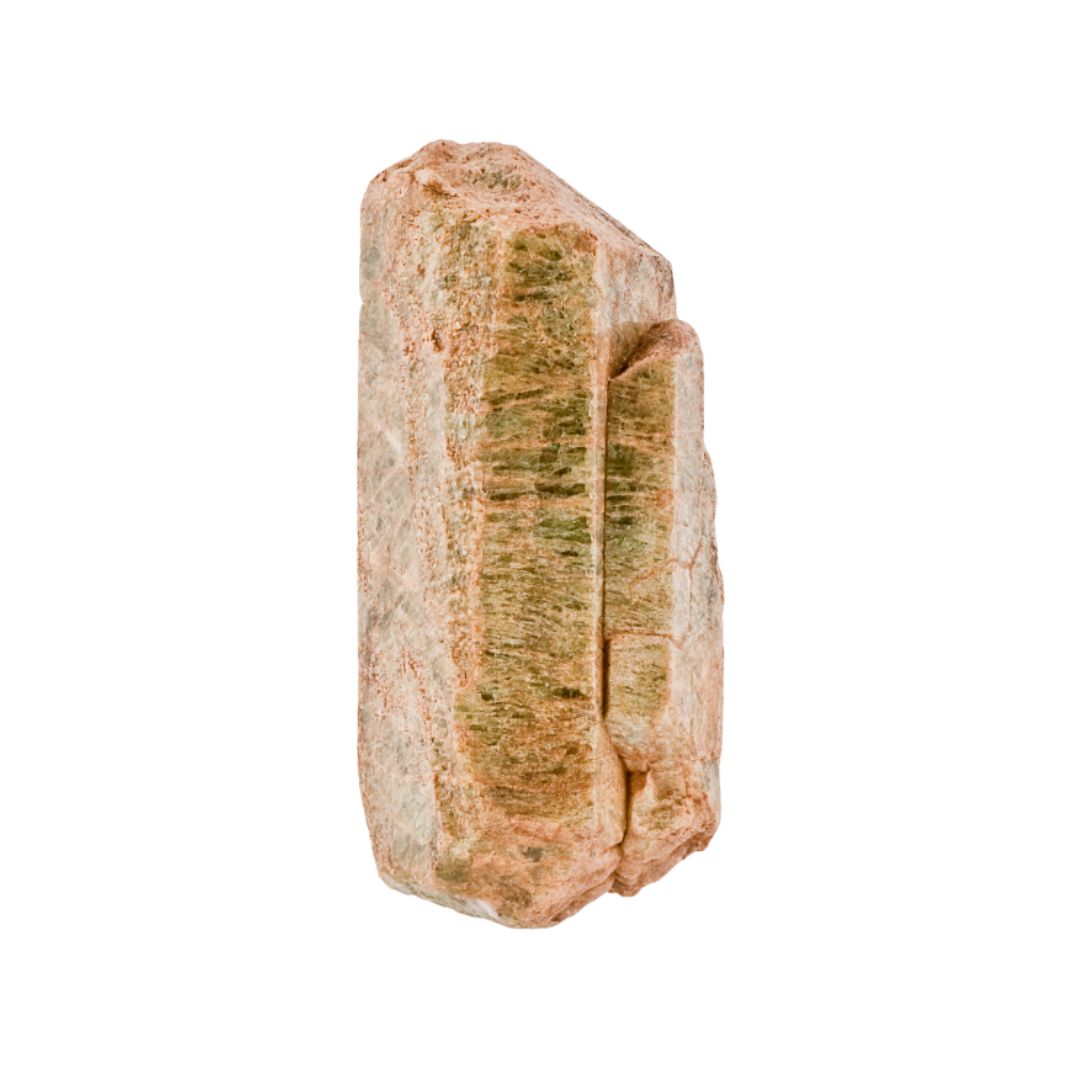
Apatite is generally green in colour, but can occur, blue, white, purple and yellow. It was once mined in Hastings County as a source of phosphate for fertilizers.
Mica

Mica, in the form of Biotite: Biotite is an iron rich black coloured mica. Mica is easily identifiable by the way it can be peeled apart in thin sheets; thus we refer to mica crystals as “books”. Biotite is used in asphalt shingles, as a filler in paint and drilling mud. In the early nineteen hundreds, there were numerous mica mines in Eastern Ontario which used the material for electrical and mechanical gaskets and insulators.
Tremolite

Tremolite can be white to green in colour and breaks in a splintery fashion. It is a common rock forming mineral, but when found in concentrations it can be mined for use in insulation and fire-resistant clothing.
Actinolite
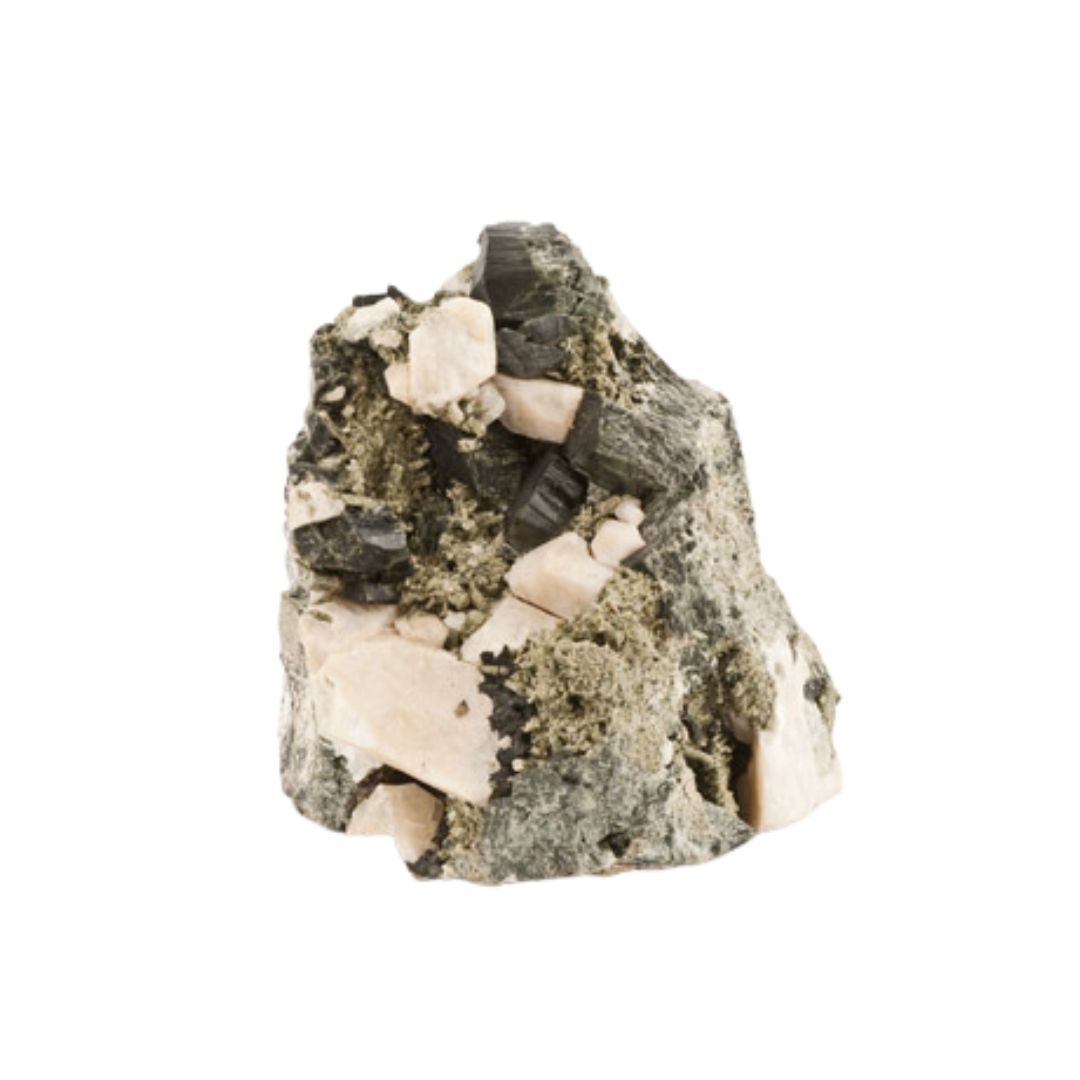
Actinolite is a family member to tremolite. It is green and breaks like tremolite and can be used in a similar manner.
Horneblende

Hornblende is another very common amphibole family member, (like tremolite and actinolite). It is a black coloured mineral rich in iron and magnesium. It does not concentrate enough of any element to make it useful in industry, it is simply popular for mineral specimens.
Diopside

Diopside is the most common of the pyroxene family group, this green mineral is widely found in many local rocks. It has no economic value but is often found with other more valuable minerals.
Feldspar

Feldspar (microcline; orthoclase; albeit; amazonite; plagioclase): Feldspar is the most common mineral on the Earth’s surface, and is the major component of the rock Granite, (the most common rock type on the Earth’s crust), as well as many other igneous rocks. Crushed feldspar is the main ingredient in ceramics, and certain types occur as moonstone and labradorite, popular for jewellery.
Sodalite
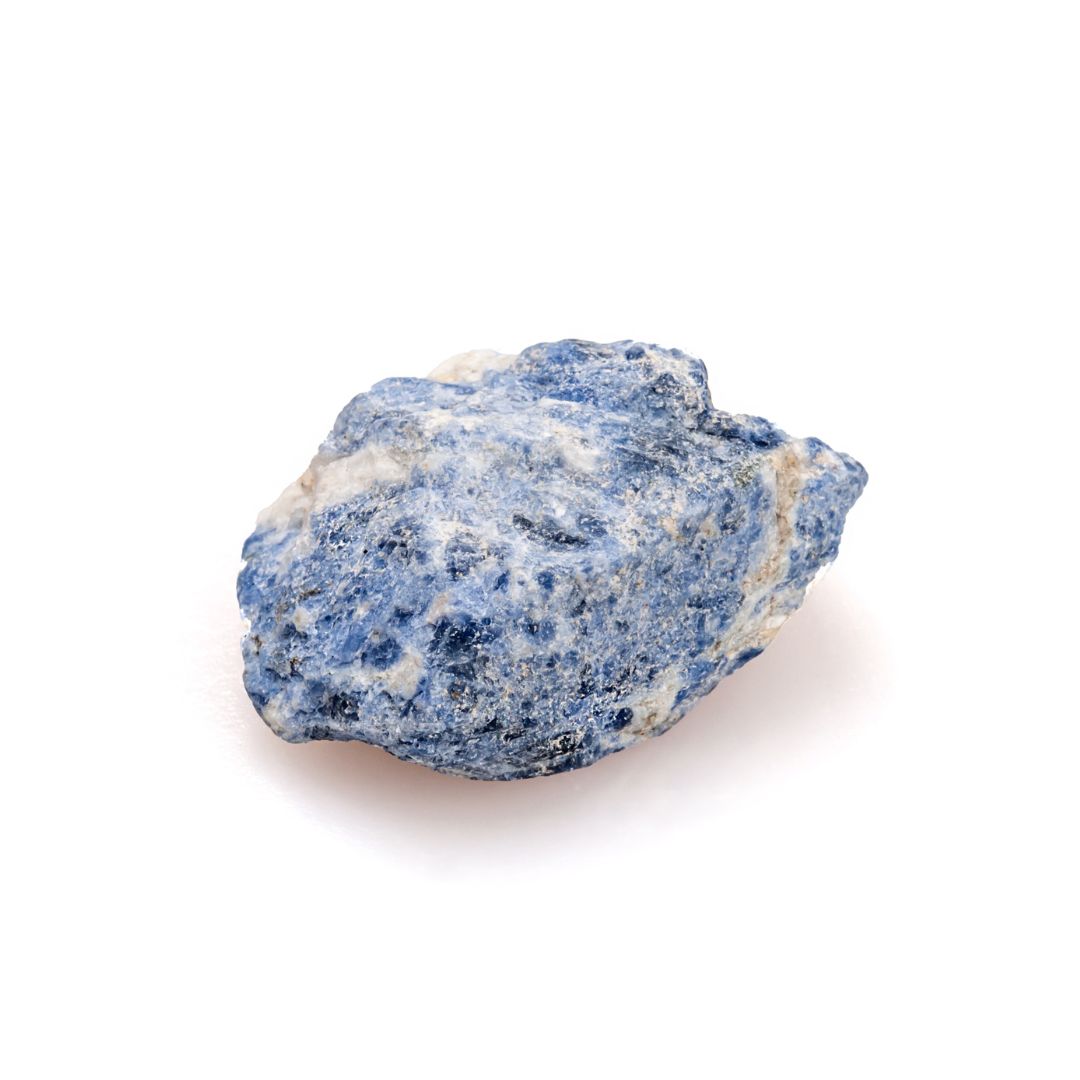
Sodalite is a mineral that can be white, green, and magenta, but is most recognizable when blue. It is used in jewellery and carvings, and certain varieties will fluoresce under ultra-violet light.
Cancrinite
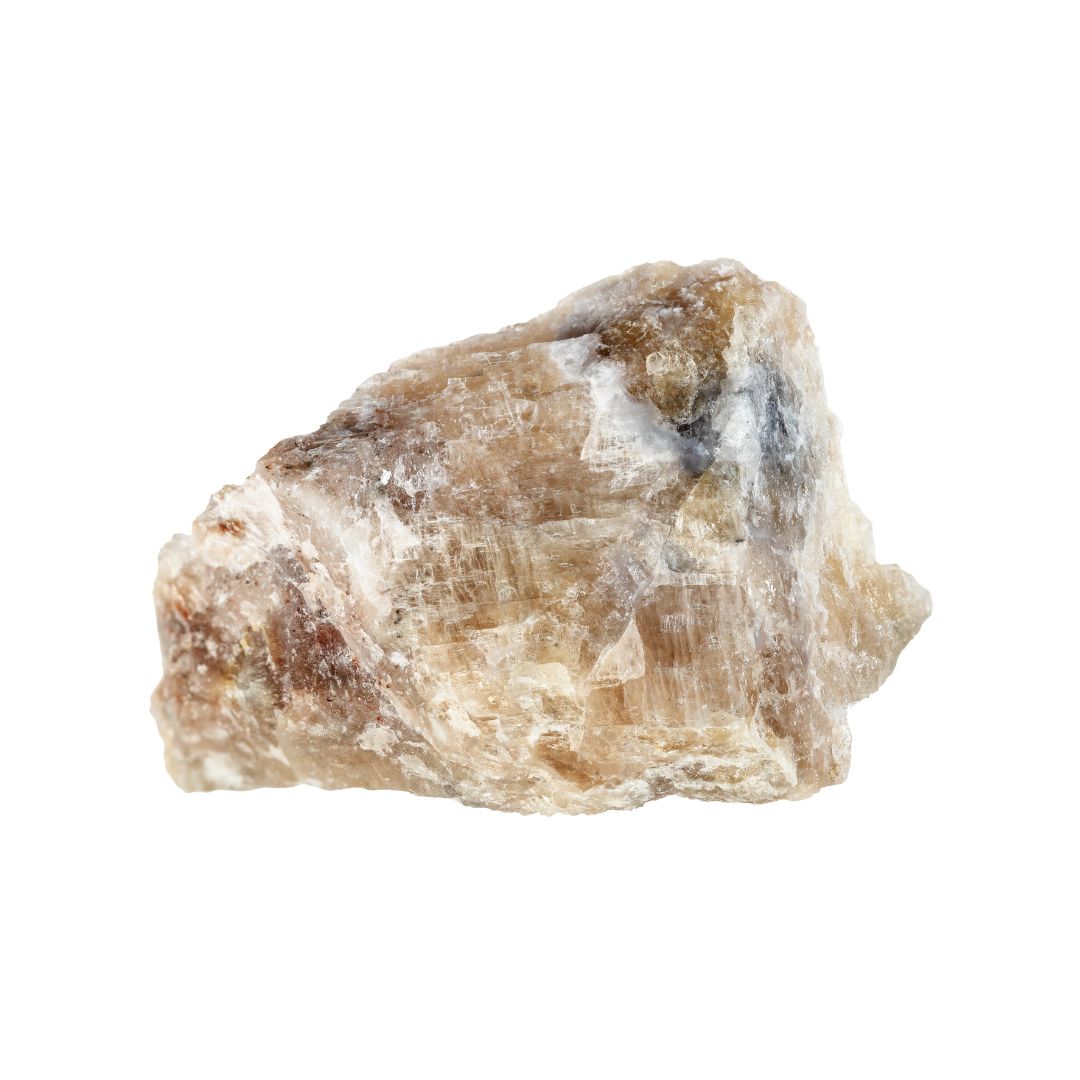
Cancrinite is closely associated with sodalite, this mineral can be yellow, pink, orange, and white. Like sodalite, it is used as ornamental stone.
Hackmanite
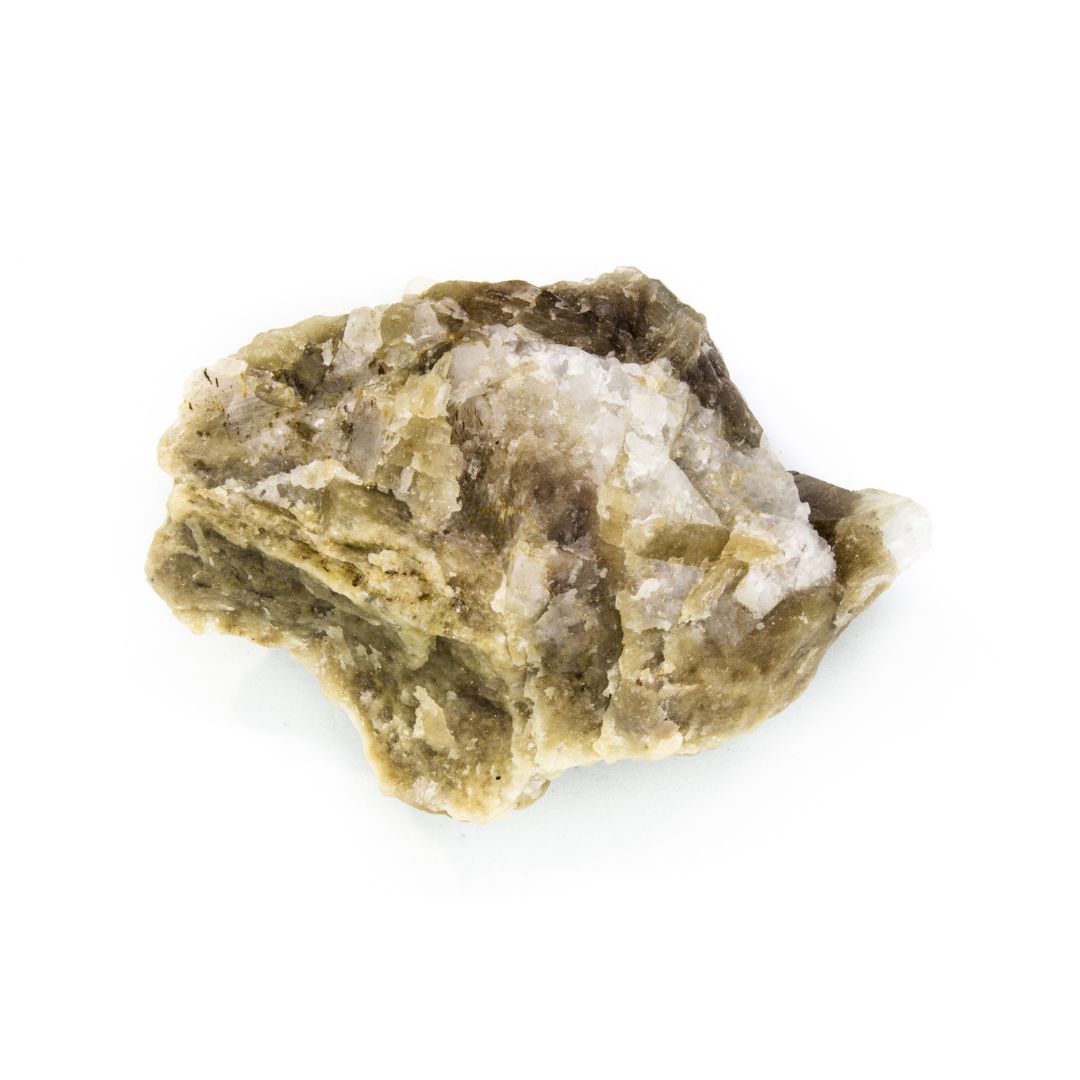
Hackmanite is a mineral that is a variety of sodalite. It is tenebrescent, which means that it changes colour depending upon the type of light that shines on it. When finding it freshly broken from the rock it is a strong magenta colour but will quickly fade to white in sunlight. Exposing the mineral to long wave ultra-violet light for a time will restore its original colour.
Zircon
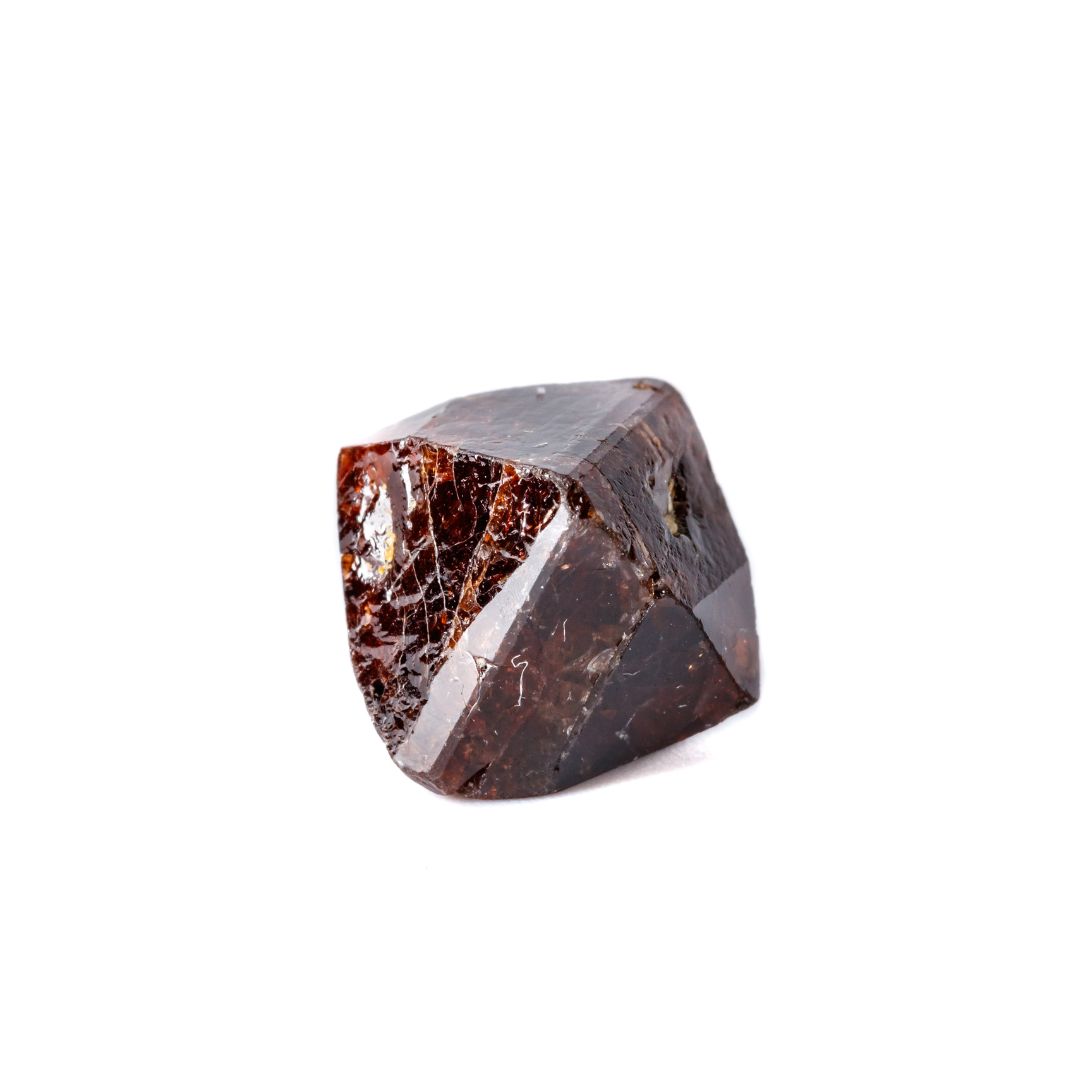
Zircons are ubiquitous, but we rarely see them with the naked eye. They are present in all igneous rocks but are microscopic in size. In many sites in Hastings County, megascopic samples can be found. They are generally brown to grey in colour but can be red brown. Zircons can accept the element uranium into their crystal structure, and this element can help us to date the age of the zircon crystal, and thus the rock which hosts them.
Quartz
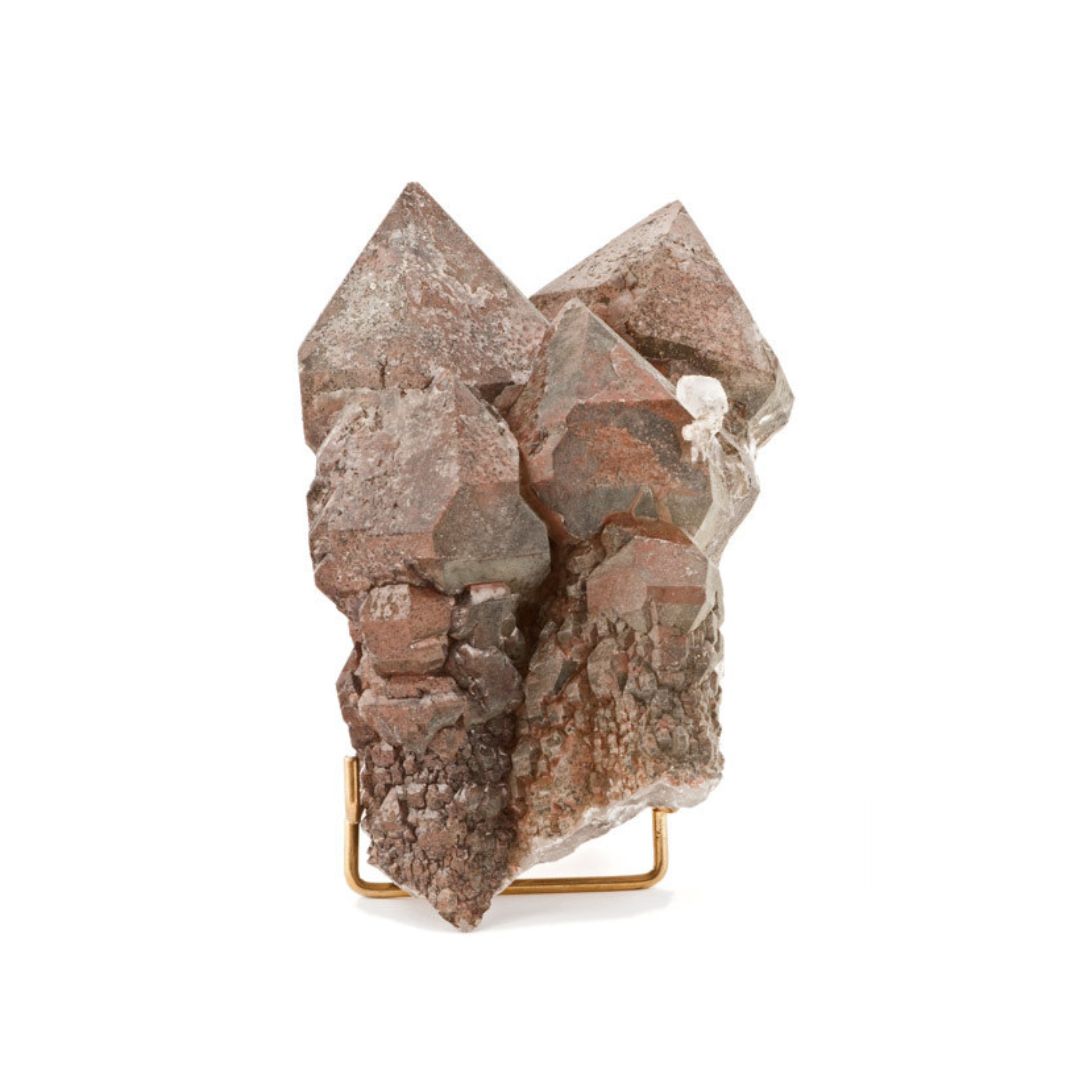
Quartz is the second most common mineral on the Earth’s surface and is a major component in granite. It occurs as finger like six sided crystals coming to a point, and often in a druzy habit of closely packed crystals. Quartz can be crushed and melted to form glass.
Calcite
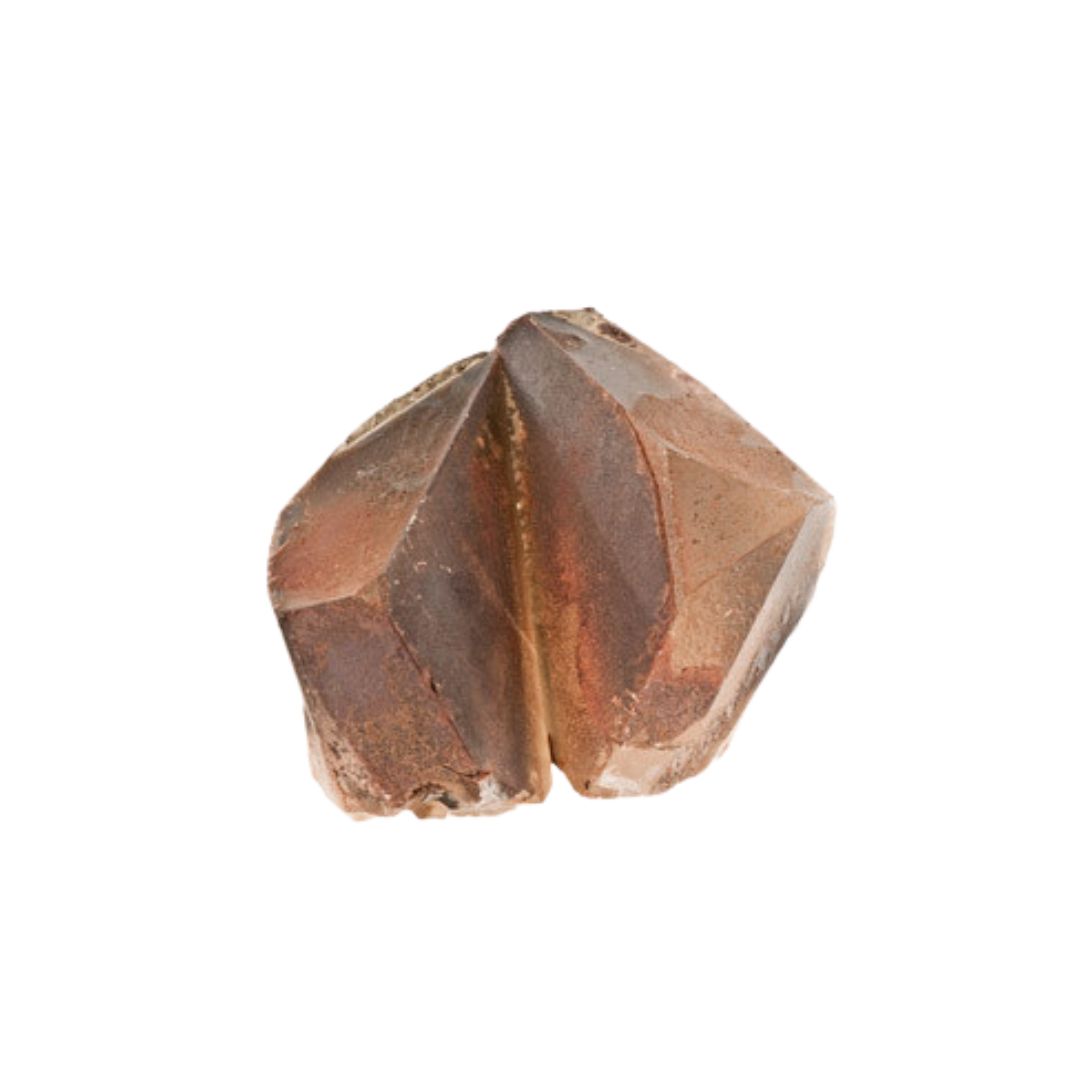
Calcite is another common rock forming mineral. Calcite is a combination of calcium and carbonate, and makes up the rock type Limestone, and its metamorphic form, Marble. This mineral has far-ranging economic applications, from concrete and road aggregate, to chemicals, pharmaceuticals, and paper coatings, and fillers in paints and certain plastics.
Titanite
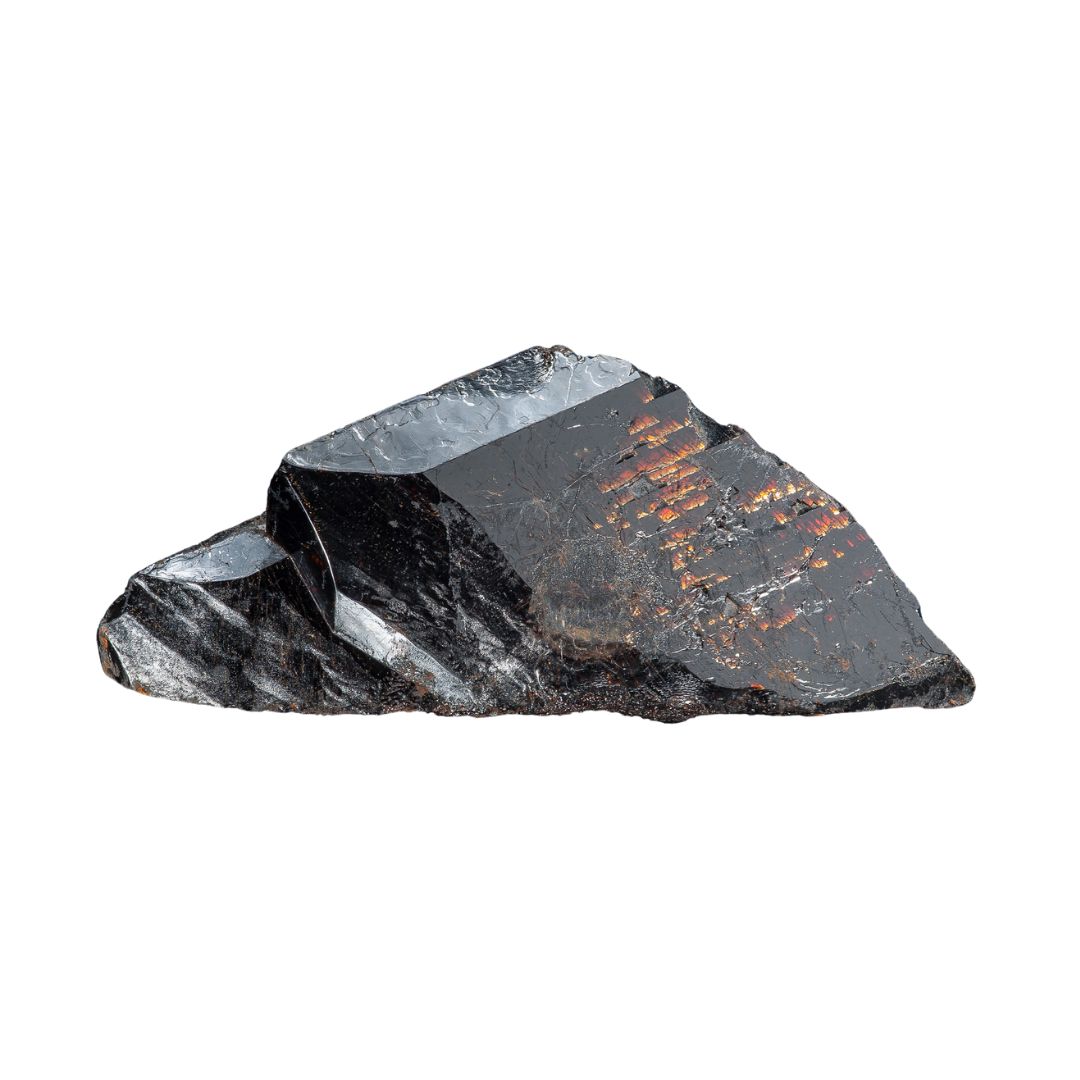
Titanite is a source for the element titanium, however it is hard to find concentrations of the mineral to make mining it profitable. Its high lustre and distinctive wedge shape make the mineral very popular with collectors. Titanium is a steel alloy and a whitening agent. You may notice it listed as a white icing ingredient in spicebar cakes, among other foods.
Scapolite
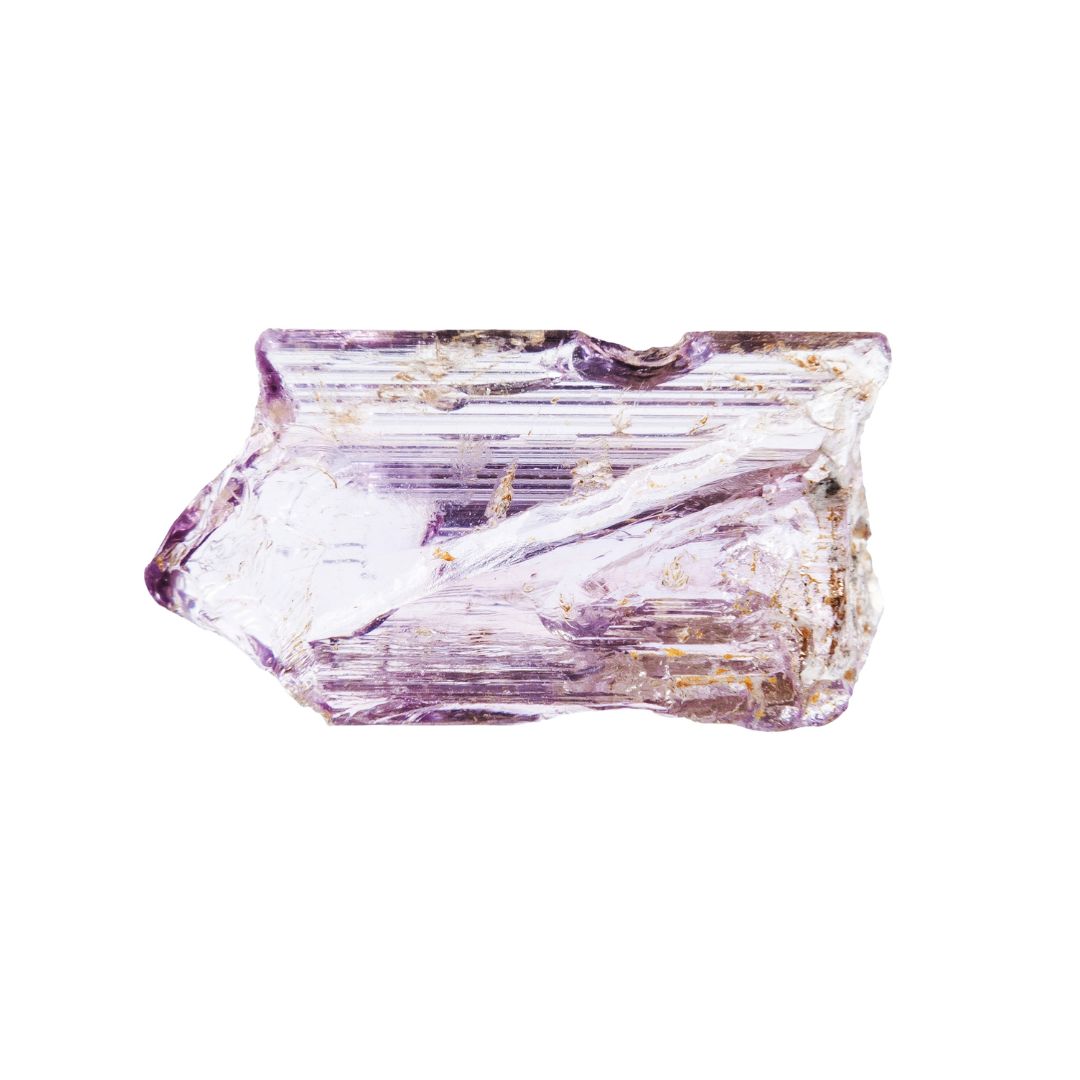
Scapolite as a mineral it is generally uncommon, but it is widely found throughout North Hastings and the neighbouring highlands as a rock forming mineral. It is generally yellow, white or grey in colour, but rare blue to purple varieties can be found.
Corundum
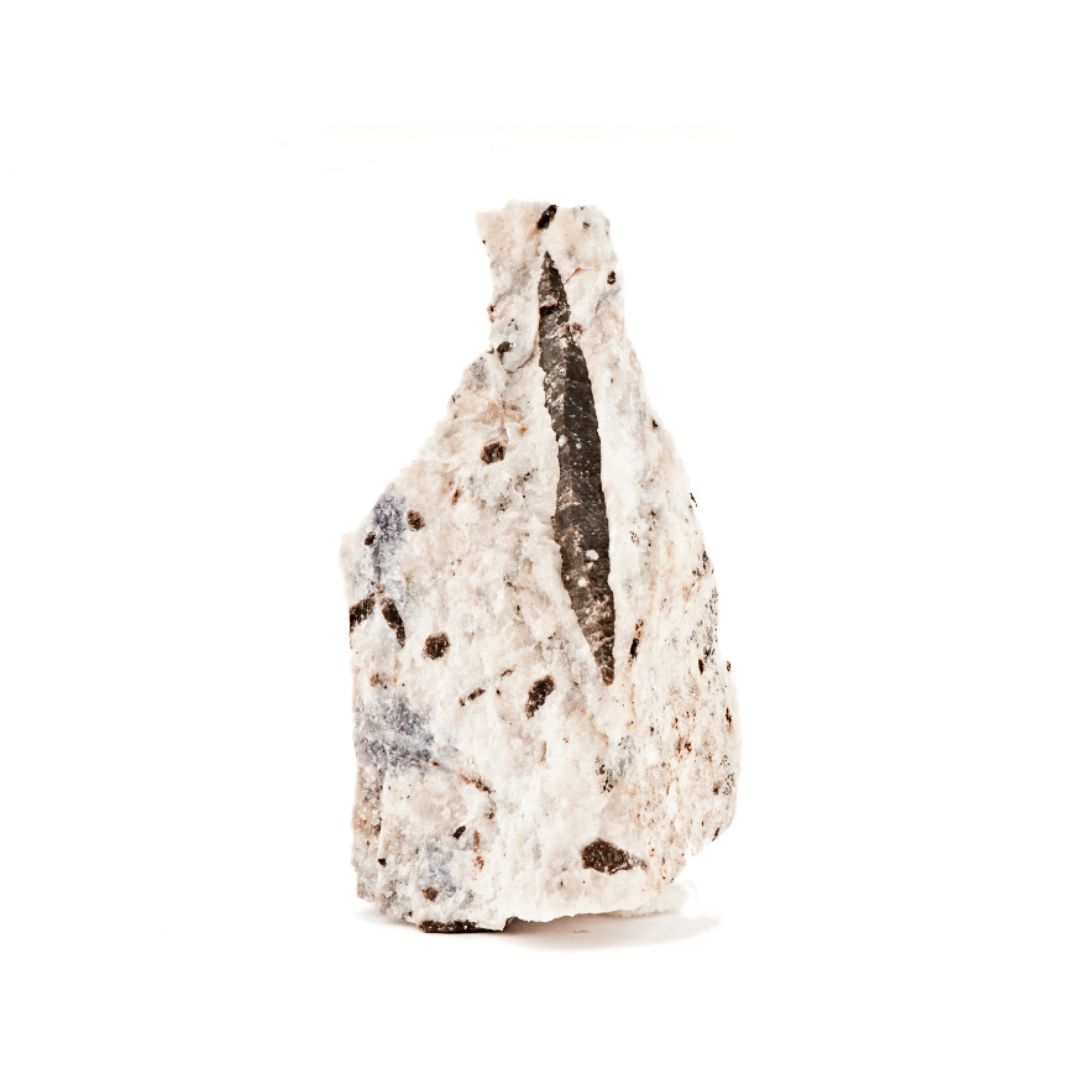
Corundum mineral is second only to diamond in hardness, so it is used mainly for abrasives and cutting tools. Gem varieties include ruby and sapphire, but these are almost unknown to occur in Eastern Ontario due to slight iron contaminations that occurred when the crystals formed. Nevertheless, fine barrel shaped crystals can be found by rockhounds in several locations.
Intro and descriptions by Chris Fouts, photos courtesy of Chris Fouts and the Bancroft Mineral Club.
Read Previous: Rockhounding Checklist: How to Get Started
